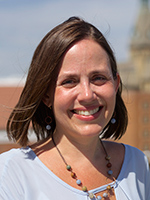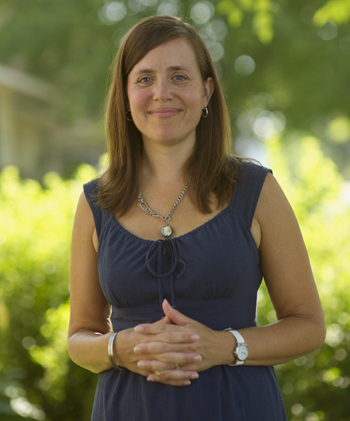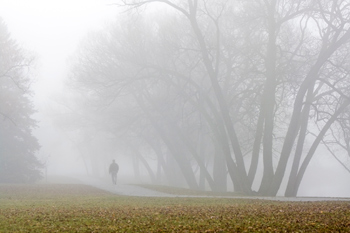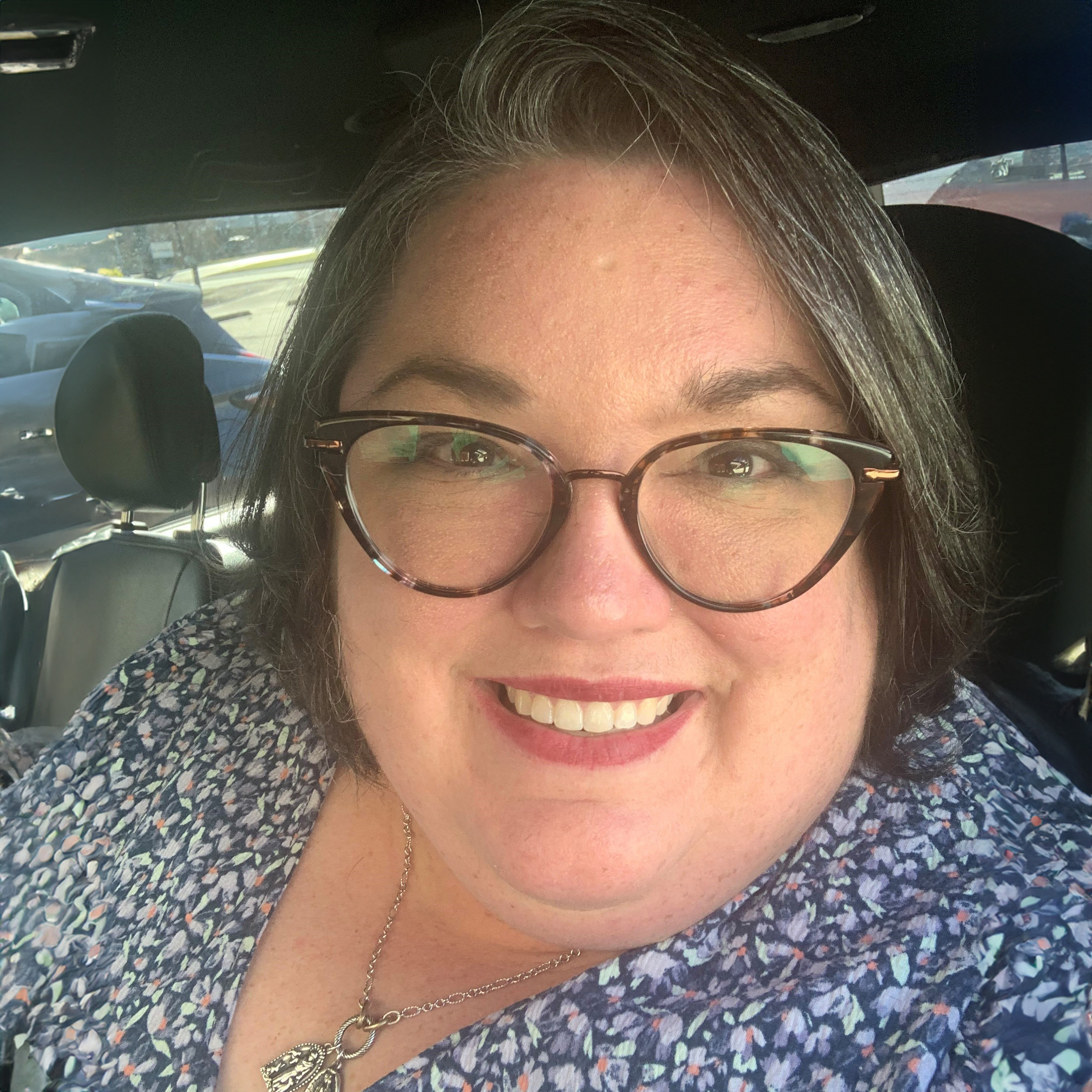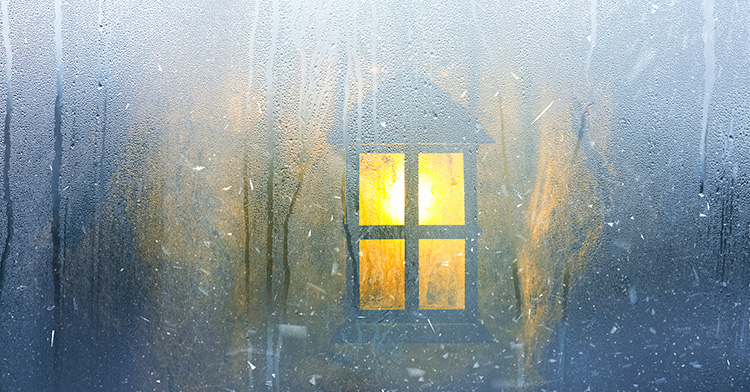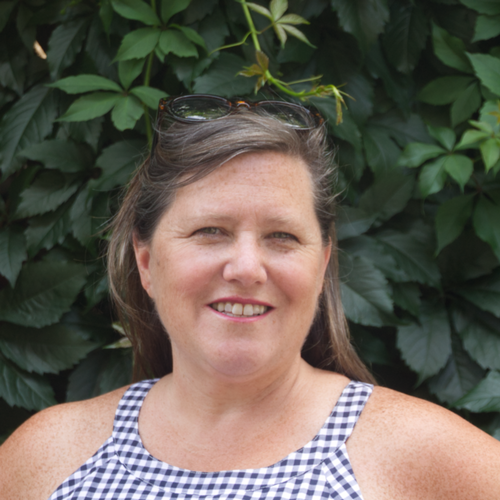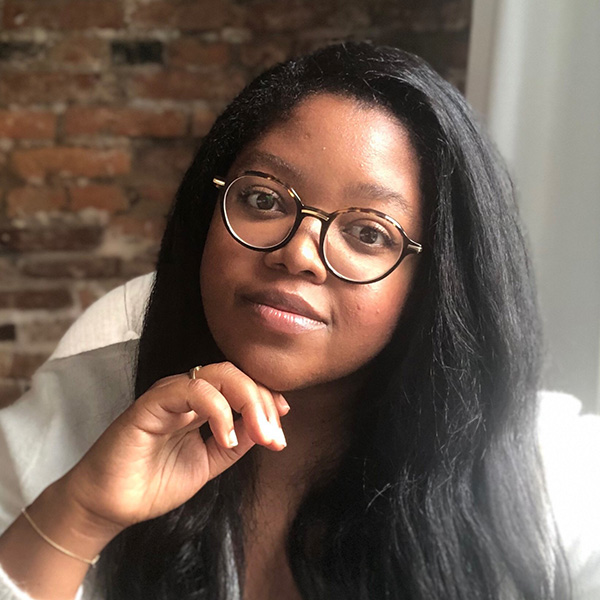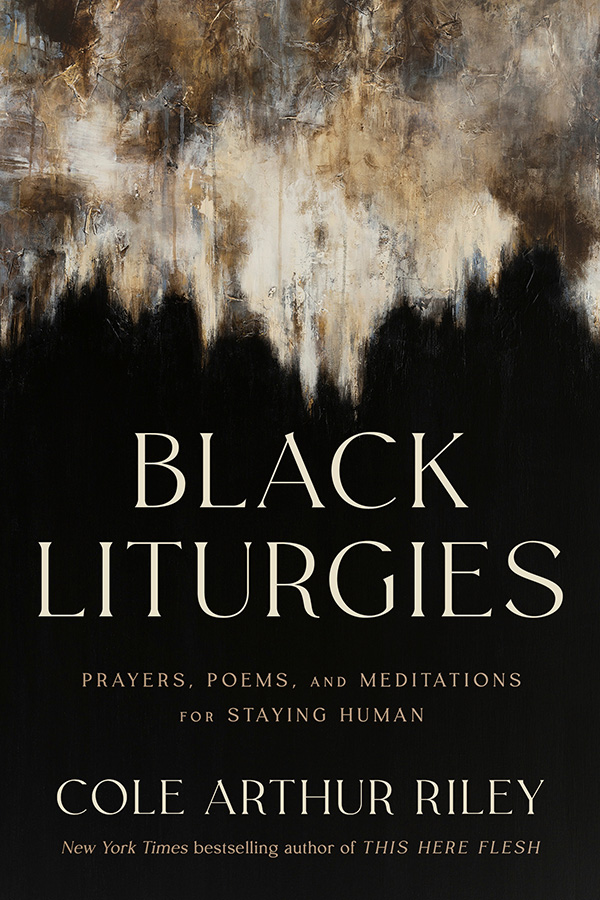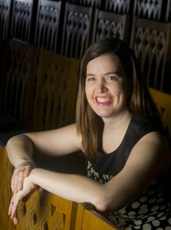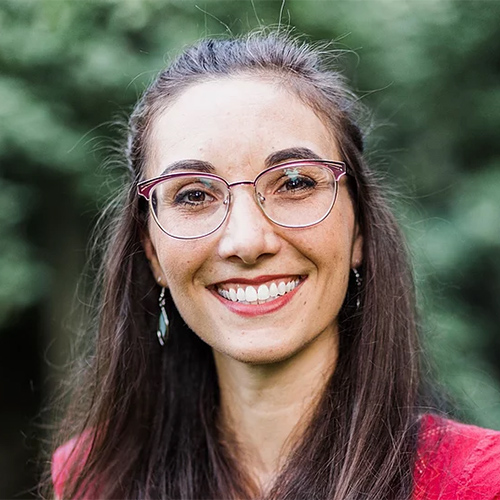When I was diagnosed with stage IV cancer at 42, I started preparing to die.
Granted, we should all “live like we’re dying,” as singer Kris Allen reminds us. But an aggressive diagnosis ups the urgency on doing just that.
I went back to teaching, even though I could barely stand up, because I wanted to be in the classroom one last time. I stopped buying new clothes, because I didn’t think I’d have time to wear them. I insisted on a summer vacation, though I had little energy, because I thought it would be the last one I’d take with the family. My husband and I secured burial plots. There didn’t seem to be much time, and I was intentional in my preparations for the end.
Then I went into remission. Having already resigned from my life, I gradually let myself believe that there could be another semester in the classroom, that if I bought new clothes I’d have some time to wear them, that I might get to go on another family vacation.
What an amazing turn of events. It seemed that I had experienced a death and a resurrection. Thank God, thank the doctors, thank the world for allowing me more time.
Living with gratitude has been at the top of my life agenda these past five years of finding remission, losing it, finding it, losing it, then finding it again. The days, months and years have been accompanied by unfathomable gifts of grace. At the same time, the space occupied by a stage IV cancer diagnosis -- the fickle status of remission, the ongoing oncology visits and chemo treatments -- is often a discomforting one.
In a New York Times op-ed piece, Dr. Paul Kalanithi, a young resident neurological surgeon diagnosed with metastatic lung cancer, tries to figure out how to live in that space. “The path forward would seem obvious,” he writes, “if only I knew how many months or years I had left.”
Most of us don’t know the hour of our death, but we all know we will die. As Kalanithi points out, however, those of us with metastatic cancer know this acutely. In his own grappling with how to live after a devastating diagnosis, this budding surgeon has found wisdom in writer Samuel Beckett’s words, “I can’t go on. I’ll go on.”
These statements capture the competition between resignation and determination, between despair over receiving a premature death sentence and evidence that our death is most likely not coming tomorrow.
Recently, theologians such as Shelly Rambo have become engaged with trauma studies and questions of how Christian thought and practice addresses “the suffering that remains.” Certainly, the centrality of the cross in the Christian narrative beckons followers of Christ to take suffering and death seriously.
The immediate coupling of death with resurrection, however, is a place where theologians engaging trauma theory pause and take stock. For too many who live in the aftermath of traumatic events, a tidy, linear cross-to-resurrection narrative simply doesn’t map the reality of their undone lives.
If communities of faith are to help make it possible to “live like we’re dying” for those of us haunted by the lingering, unpredictable effects of traumatic events, attention must be given to the space between death and resurrection. That space where we might experience healing and redemption, but sometimes only faintly. Where people go on even when they can’t.
In my own case, every day in remission is definitely better than any day without remission. And yet. Suffering remains. What does it mean to live like we’re dying when trauma remains a heartbeat away?
I’ve been told that one day a stage IV breast cancer diagnosis will not be a death sentence but rather a transition to living (for a good long while) with a chronic condition. So far, I seem to be living in that future. The “management” of my condition had a rocky start and has hit several bumps along the way, but overall, I’m living very well with a serious, chronic condition. How awesome. Yet I hear from the experts that few others with “my kind” of stage IV cancer are doing as well as I am. How lousy.
Being an anomaly makes that discomforting middle space a bit more uncomfortable. But I go on, trying to lean as fully as possible into that space, embracing with gratitude the body of Christ occupying it with me, praying that more people who share my diagnosis will soon share the space with me and hoping that I have more days, months and years to live in the aftermath of death, to glimpse healing and resurrection.
And to understand how to respond to “I can’t go on” with “This is the day the Lord has made. I’ll go on.”

